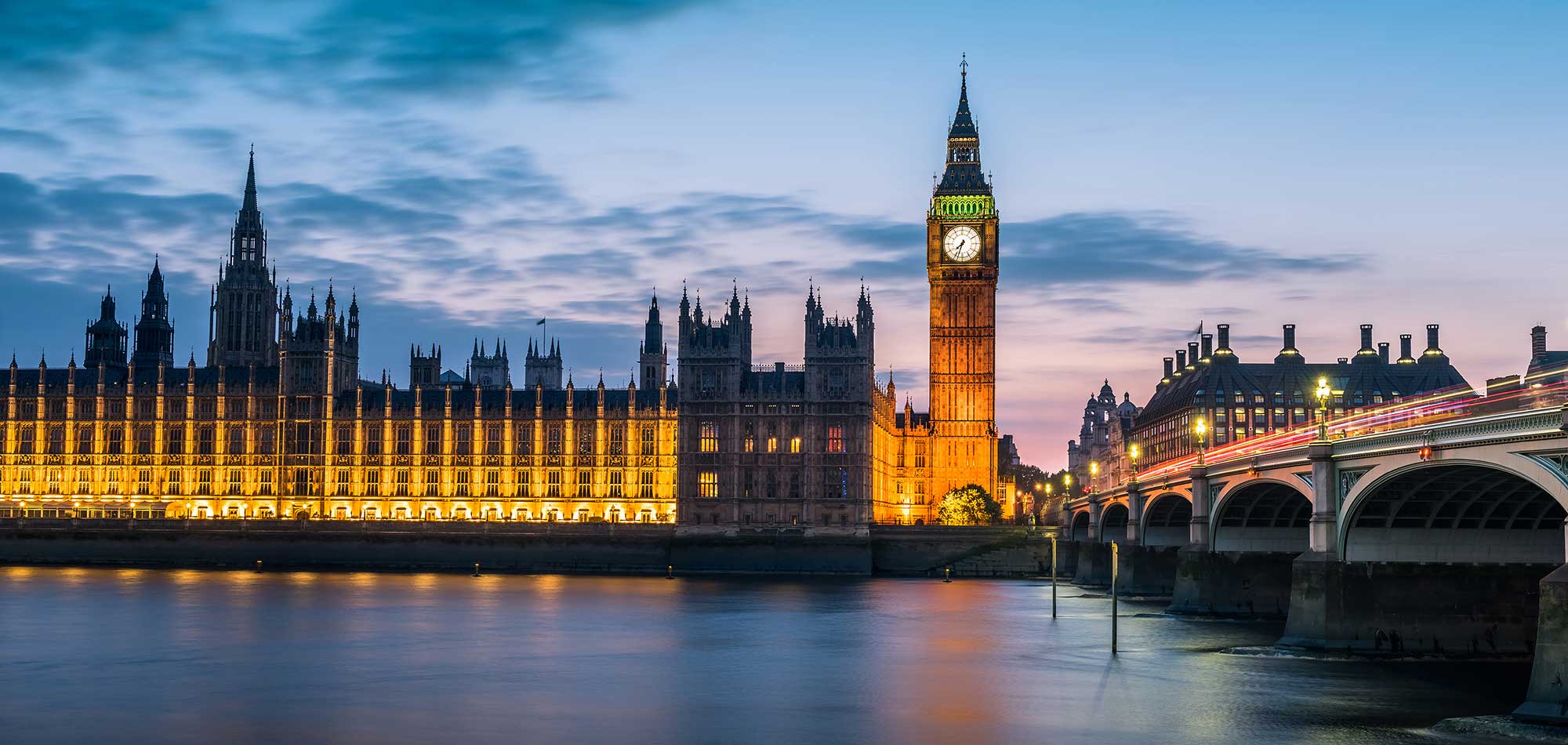Speaking in the House of Commons in April 2022, Stuart Andrew addressed MPs before the vote on considerations of the Lords Amendments to the Building Safety Bill.
Before proposing the amendments, the Minister for Housing reiterated Michael Gove’s stance on building safety: “we must make industry pay to fix the problems for which it is responsible; protect leaseholders; and restore common sense to the assessment of building safety risks, thereby speeding up the fixing of the highest-risk buildings and stopping buildings being declared unsafe unnecessarily.”
Qualifying further, he stated there is already £5.1bn protection already in place for leaseholders in buildings above 18m tall from the Government’s Building Safety Fund. A second initiative was then also set up supporting the commitment already made by 45 firms to remediate any buildings they have been involved in developing over the past 30 years. The scheme will see funding from an increase in the building safety levy and is expected to generate £3bn for the remediation of buildings between 11-18m in height.
What was in place for buildings lower than 11m?
Before these revisions were put to the house, buildings lower than 11m had not seen any funding from the government in terms of remediation work. Mr Andrew advised the House that upon receiving the Buildings Safety Bill, the House of Lords had “extended the definition of ‘relevant building’ to buildings of all heights containing two or more dwellings.”
The minister for housing attested that “There is no systematic risk of fire with buildings below 11 metres. Low-rise buildings are therefore unlikely to need costly remediation to make them safe. Lower-cost mitigations such as fire alarms are likely to be far more appropriate and proportionate. Assessments carried out in accordance with the new PAS 9980 principles should produce more proportionate responses than costly and, ultimately, unnecessary remediation.”
This amendment to the original Bill has provoked instances of Leaseholders taking the costs for unnecessary remediation works. The minister continued to say: “We will take a very dim view of freeholders who seek to exploit leaseholders to pay for unnecessary works.”
The expected amount of qualifying structures under 11m in height needing extensive remedial work is very few. Therefore legislation containing all buildings of more than two dwellings under 11m in height will inevitably categorise thousands of buildings as needing work when only a few would need substantial remediation.
Due to the lower overall risk, the minister advised that buildings under 11m will be considered, on a case-by-case basis, to ensure that any remediation measures taken are appropriate and the leaseholder will not receive unjustified charges.
What was in place for buildings lower than 11m?
Mathew Pennycook, Minister for Greenwich and Woolwich reminded the House of the “devastating incident at Richmond House in Worcester Park in 2019”, as an example of “just how dangerous to life defective buildings under this height threshold can be.” Mr Pennycook pointed out that the Government’s initial assessment of 18m was arbitrary and noted similarities to the revised height of 11m. He asked the government to amend the Bill to include the “exceptional circumstances” that Mr Andrew had defined as: “which is where there is no more proportionate option available” as a commitment to those at risk.
Despite the opposition resisting the revisions, each amendment passed through the House.
What can we take from this?
It is not perfectly clear whether the minimum height for remediation support will change again in the future. For now. “those living in their own homes or with up to three UK properties in total in buildings that are above 11 metres or five storeys—will be legally protected from all costs associated with the remediation of unsafe cladding, as will all leaseholders in buildings owned by or associated with the developer.”
Any building under 11m in height currently facing extensive remediation work will now be considered on a case-by-case basis to determine if the programmed work is needed or if other measures can be put in place to secure the safety of the residents.





